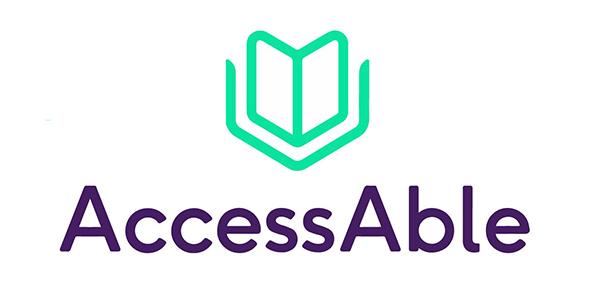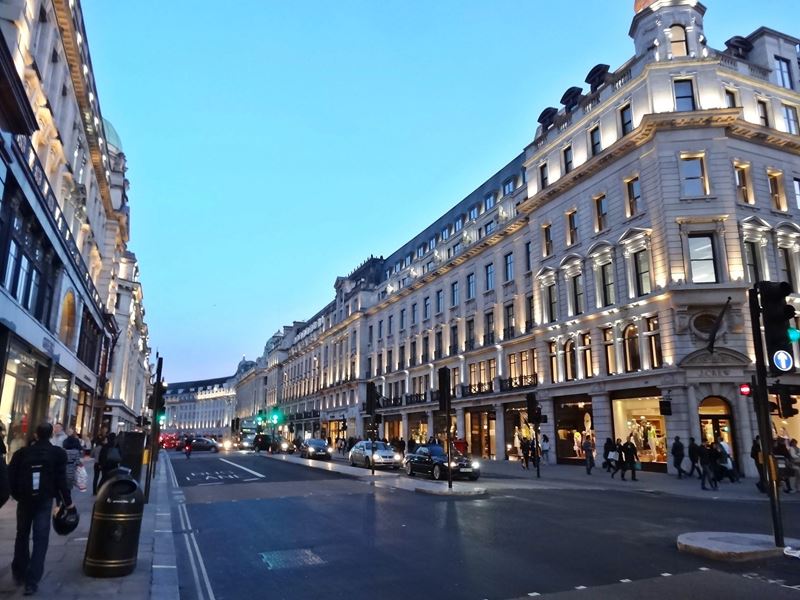Navigating City Streets with a Vision Impairment
Before Christmas, I was delighted to be commissioned by AccessAble and The Crown Estate to take part in an accessibility audit of the Regent Street area. These partners wanted to understand the navigation challenges for those with a vision impairment.
My role was to give feedback from the perspective of a pedestrian/visitor who is blind or vision impaired. In this blog, we explore some of the key findings and how these could be applied to other streets in other towns and cities.
Accessible Pavement help navigation for those with vision impairment
One of Regent Street’s greatest assets is the width and emptiness of its pavements. A wide pavement that is relatively free of obstacles allows a blind or vision impaired pedestrian to move with both speed and confidence when travelling independently. This also makes a difference when a blind person is moving around on a street using sighted guide. This involves holding the arm of a sighted person, who will walk next to and slightly ahead of the person being guided. Wider pavements mean that those guiding do not have to factor in the navigation of narrow spaces, which can be both tiring and technically challenging.
It is of course the case that a town or village’s geography can be a limiting factor on the width and obstacle-free nature of a pavement. But there are small things that everybody can do, such as considering the location of shop signage and avoiding parking vehicles on the pavement itself.
Controlled Crossings
Regent Street relies very heavily on controlled crossings, which in theory is positive, as these provide more certainty as to whether it is safe to cross. However from a VI perspective, the layout of such a crossing is crucial for ensuring accessibility. On Regent Street, the vast majority of crossings use a control box with a rotating cone on its underside which spins when it is safe to cross. However, these control boxes were generally located at an angle, which increases the likelihood, particularly for a blind person, of walking down a road rather than across it. CrystalEyes therefore suggests two features that all controlled crossings should include:
- All controlled crossings should have control boxes with either a rotating cone or audible indication to alert the vision impaired that it is safe to cross.
- All control boxes should be built in relation to the crossing which they’re operating to enable those with a vision impairment to safely cross roads independently.
Bus Stops
Bus stops are an important part of any street and Regent Street contains several. But it is essential that these can be easily located by a pedestrian with a vision impairment. Street furniture, such as boards displaying timetabling information, can alter the acoustics, which on quieter streets could be a useful clue. But the continuous flow of traffic on a street like Regent Street drowns out most acoustic changes. In the case of Regent Street, this is exacerbated by the fact that none of its bus stops are indicated using tactile paving, making them difficult to find without sighted assistance. CrystalEyes would therefore encourage street planners to ensure that all bus stops are indicated using very distinctive tactile paving. Any tactile paving used should feel obviously different to that which is used to indicate road crossings.



